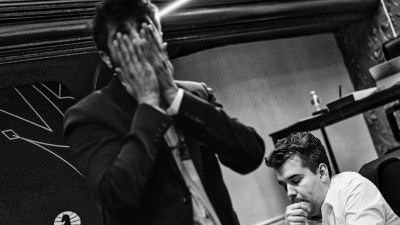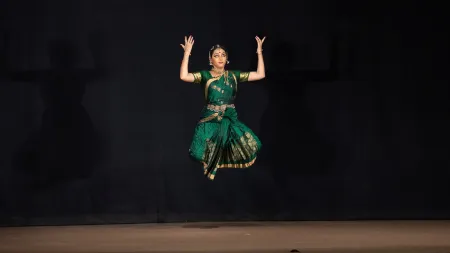- India
- International
What Indian architecture lost this year?
Ten architects and designers who left behind legacies of simplicity, regional context, creative communities and a system of values that have been forgotten
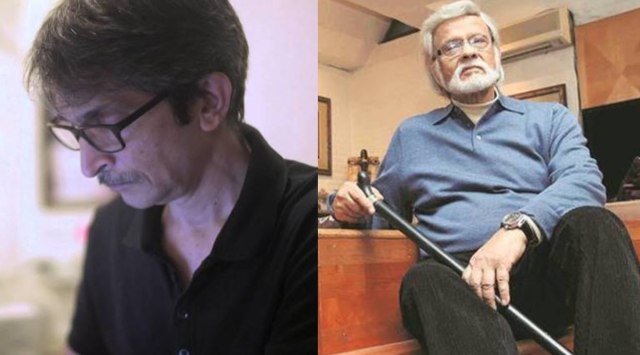 Aziz Kachwala (right). Satish Gujral (Express Archive)
Aziz Kachwala (right). Satish Gujral (Express Archive)Sarto
If one went to architect Sarto’s office in Goa, and didn’t know him personally, there’s every chance you would walk past him. Small built and modest in his approach, he was a man of integrity and principles. Be it a Vedic mutt or a Catholic cathedral, town planning, or the education system in schools, Sarto left his impressions everywhere, working every minute detail to perfection. If Goa had to build anything, there was Sarto. Since the 1960s, when he arrived in Goa, to the time that he passed away in May, he matched simplicity and style to what was regional. He never hesitated in calling out things done wrong. And towards the end, dedicated his time to advocacy and conservation at the street level, in Margao where he lived. He would meet the local MLA, take him for morning walks and show him what could be done and should not be done.
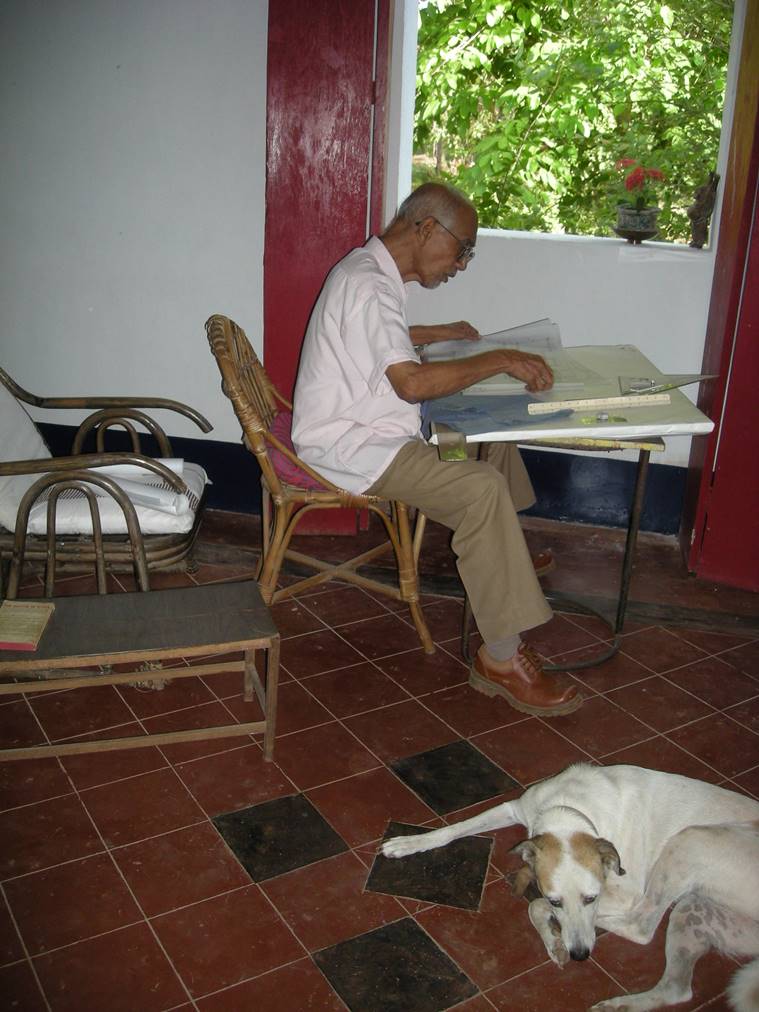 Architect Sarto Almeida (Photo credit: Sarto’s family)
Architect Sarto Almeida (Photo credit: Sarto’s family)
Pradeep Sachdeva
Sachdeva gave Delhi Dilli Haat and The Garden of Five Senses. His streetscape for 2010 Commonwealth Games put people at the centre of the plan, paving the way for pedestrian-friendly pathways and his work on street design is now a go-to document for planners. Not all his buildings are iconic or make it to the modern architecture hall of fame, but what he left as his legacy is a community of eco-believers, who were sympathetic to a more humane way of life. Be it through his Windmill Gallery melas or his self-taught ambition to beautify landscapes, he is remembered for his generosity of spirit and open-hearted attitude to life. His passing away has made a dent in the creative sphere of Delhi, where many homegrown designers found the courage to share their dreams.
 Pradeep Sachdeva (Photo credit: Brijender S Dua)
Pradeep Sachdeva (Photo credit: Brijender S Dua)
Kuldip Singh

He wore a coat of many colours as architect, town planner, art collector and connoisseur of Urdu poetry. His buildings were as pragmatic as they were sculpted works in concrete. Be it the National Cooperative Development Corporation, the New Delhi Metro Corporation office, the wholesale markets in Chennai, for fruits, flowers and vegetables or the popular Saket District Centre. In each of these, his articulation of movement and attention to detail made them joyous spaces to be in. Always one to voice his opinion on what mattered to the city, he spoke up when NDMC planned on turning his building into a billboard with LED screens, and when the Kochi Metro laid out its plans for the city. He managed to convince the Delhi Metro Corporation to go underground near the Qutub and gave Kochi its public face in Marine Drive. One of the country’s finest collectors of Mysore and Thanjavur styles of paintings, he opened the eyes of the beholder to stories embedded in the frames of gods and goddesses. We grew closer to India through his work and in his commitment to making our cities better, liveable places.
 Kuldip Singh (right) with his model maker (Photo credit: Ram Rahman)
Kuldip Singh (right) with his model maker (Photo credit: Ram Rahman)
Satish Gujral
He was no trained architect yet the design of his building – Belgian Embassy, New Delhi – features in the 21st edition of Sir Banister Fletcher’s Global History of Architecture, a classic reference on world architecture. Gujral was known more as an artist than an architect. Art critic Gayatri Sinha writes: “He completely dislodged prevailing styles to bring back the arch, the vault and the dome, creating in the process a new architectural ideal.” The two exposed brick buildings of the Embassy have a sculptural quality about them yet never without human scale. So much so that early visitors to the Embassy noted that “the building from the outside feels like one is in India, and within like it’s Belgium”. One who was never afraid to try out different media in his art, led architecture by his own rules. “Creativity was my only guide,” said Gujral, and he dared to arch his entrances and squeeze light into every corner of his building.
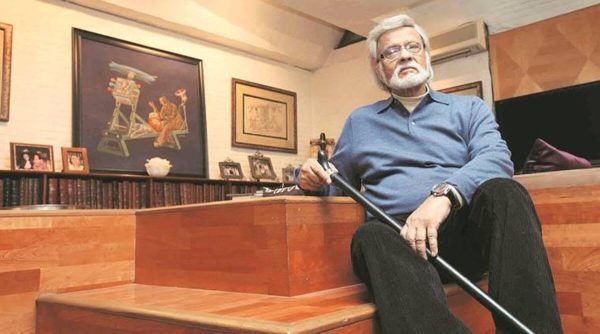 Satish Gujral (Express Archive)
Satish Gujral (Express Archive)
Kamu Iyer
R Kameshwar Iyer, Kamu as he was popularly called, was an architect full of stories of Mumbai and its urban history. His seven-decade long practise in Mumbai, since 1956, his observations as a student at JJ School of Arts and his teaching stints at architecture schools gave him deep insights to how homes and lives were altered through municipal laws of the state. Conversations with him were never without sketches on Bombay and its architecture, particularly its housing. One such was about how high rises were not the answer to manage density, especially for low-income groups, where the distances grew as floors were added. Not one to glory in the visual, Iyer was always interested in what it felt like to live in the city, not just how pretty its buildings would be. Charles Correa called him “a modern-day Proust”, and truly one was never without Proustian moments with him. Like the time, he took this reporter into his past, when as a student he first saw the Jehangir Art Gallery – it was like nothing Bombay had seen, he said. “As students we felt that the glass doors at the entrance could have repeated at the back as well so that from the street one had a transparent view.” He had the amazing capacity to make you see his world view through those clear lenses.
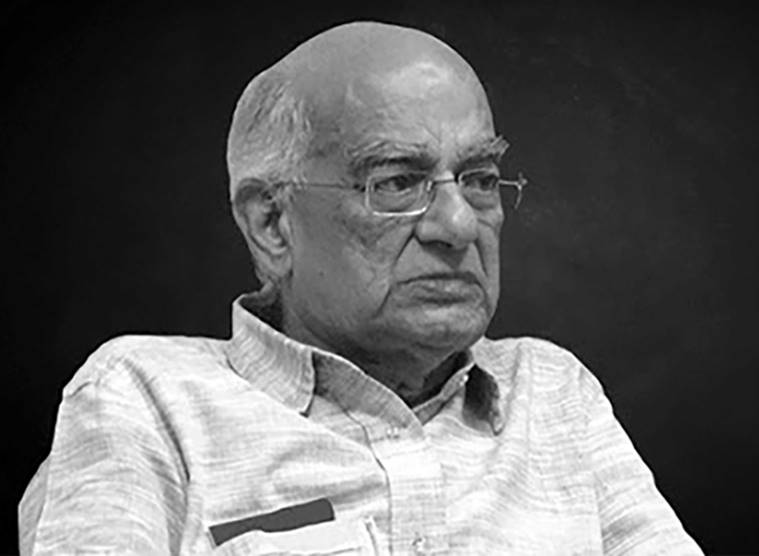 Kamu Iyer
Kamu Iyer
Revathi Kamath
One couldn’t help but breathe easy once in the office of Revathi and Vasanth Kamath, who had plastered their office walls with mud. Delhi’s scorching heat rested gently in this room, just like its founders, who brought to architecture a wider consciousness of living responsibly. Known for the mud buildings that had led many to wonder how it could be done in cities, Revathi showed how nature could reflect in buildings without the tension of the man-made vs organic. Her buildings looked like they were always there. One who never minced words, she was sure of herself both as a student and as a practitioner. She was never interested in labels and never believed people when they called her a ‘sustainable architect’ or a ‘green architect’. Her goals were higher – to embed herself with the people and the place she worked in.
 Revathi Kamath (Photo credit: Kamath Design Studio)
Revathi Kamath (Photo credit: Kamath Design Studio)
Aziz Kachwala
Mumbai-based Kachwala did many things. He designed products, exhibitions, interiors, furniture and tuned minds to the simplicity of form and function. Prashaanth, one of his interns, had this to say: “Everything other than what is required is stripped down leaving only what is needed. He had the ability to create a ‘wow’ factor in all of his creations. A powerful and striking personality, he filled the room with delight.” Design for him was “interaction with everything in life”. In his wide chairs, you could sit comfortably in different positions, his light designs played with contrasts, clubbing heavy-duty metal with the fragility of glass, and his metal screens were a salute to the architectural marvels of how jaalis worked once upon a time.
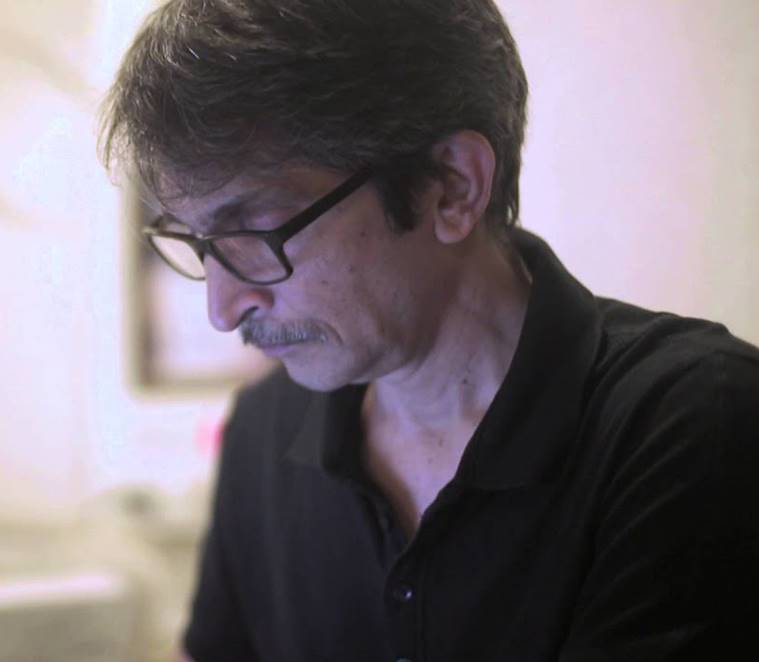 Aziz Kachwala
Aziz Kachwala
Jasbir Sachdev
Sachdev, who worked in Chandigarh with Le Corbusier and Pierre Jeanneret from 1952 to 1956, had a fundamental question to ask: “Do people who use a building know what went into it or does the architect know what the people actually want?” It would drive his projects, be it the Modern School, Vasant Vihar, Guru Nanak Dev University, Amritsar, the High Commissions in Islamabad and Warsaw or the Egyptian Embassy in New Delhi. When he did the 1970 Expo in Osaka, he gave the split-level structure an overlapping white roof. HS Gill, who was a family friend and worked with Sachdev for nearly four decades, remembers him to be a master orator, a perfectionist and a kind soul. “He entrusted me with the Indian High Commission Chancery in Islamabad soon after I finished my graduation in 1986. It was a great learning for me,” says Gill. Sachdev’s Modern School has been seen as a “regionalist expression” in its use of exposed brickwork, with its landscaped courtyards and play areas scooped out of the hilly terrain and thorny shrubs. His wife Rosemary, too, has been actively involved in architectural education for nearly 40 years.
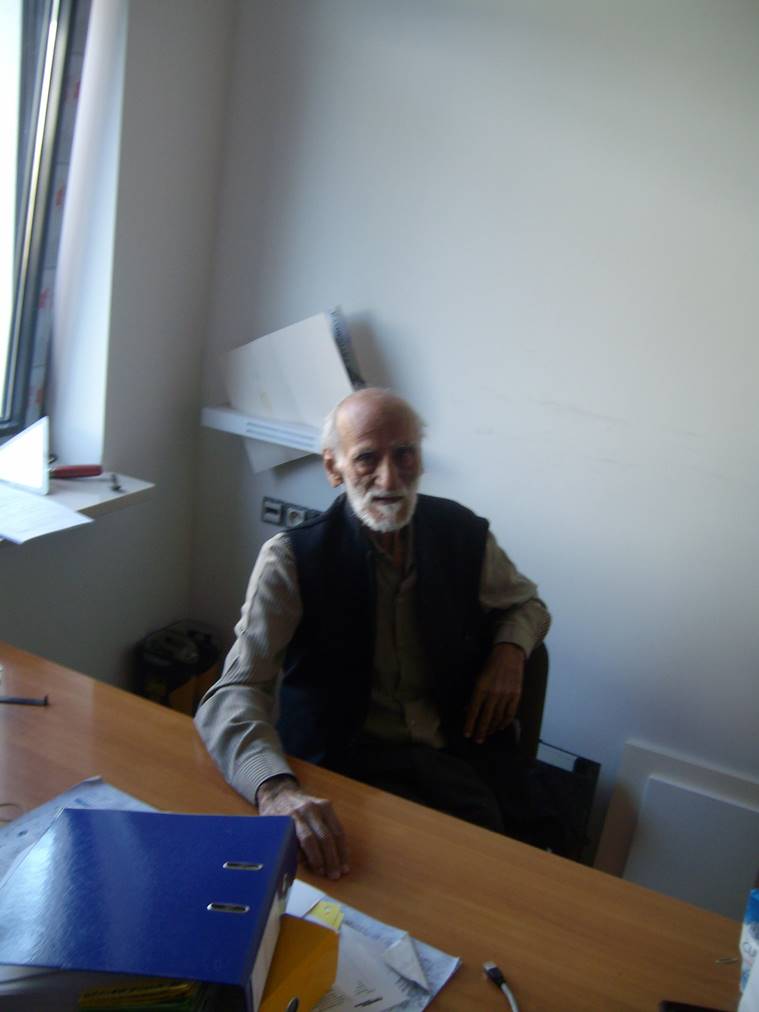 Jasbir Sachdeva (Photo credit: HS Gill)
Jasbir Sachdeva (Photo credit: HS Gill)
Bharati Sharma
Artist-designer Riten Mozumdar burst on the Delhi scene with his “graphic designs and bold colours” in the late 70s when home furnishings was still an exclusive domain. But on the scene was also Bharati Sharma, with her garment label, Pallavi. Sharma, who died from cancer, this year was one of the early textile revivalists, who gave new form and character to Indian design. Theatre artist and costume designer Amba Sanyal remembers her friend: “Bharati’s sensibilities led her deep into textiles and design. Her generosity of spirit lent itself into collaborative efforts with artists while her own vision was both artistically and technically oriented, leading to a fruition of ideas, colours, and textures that were unique in their delicacy coupled with bold form, may be informed by her background as an architect. Her greatest work was with Mozumdar. I have two of their creations – a tie-dye rough woollen shawl and a Kathiawari colourful woven textile fashioned as a long jacket – a precious possession. Her great contribution in printed textile is in her collaboration with her long and close friend, artist Nilima Sheikh. It could only happen due to a shared sensibility that led to exquisite art in the making.”
Vikram Lall
For someone who travelled to over 20 countries, Lall often spoke of how the heritage of Buddhist architecture had lost its meaning and was relegated to tourist packages and wellness spas. Even as he believed it was a Quixotic exercise, he felt the need to create awareness about the architectural traditions of Buddhism. Having written extensively on it, he designed the Buddha Smriti Park in Patna, which was inaugurated by the Dalai Lama in 2010. Not only was he a part of the team that designed the master planning of Akshardham Temple in Delhi, but he also was instrumental in the design of the Indian School of Business (Hyderabad). A connoisseur of Indian classical music, he would often conduct workshops to enlighten people on khayals and thumris and bhajans. “Architecture is a means to understand the larger context of culture,” he had said. An advocate of keeping things simple, Lall never compromised on keeping buildings energy-efficient.
 Vikram Lall (Source: Vikram Lall/Instagram)
Vikram Lall (Source: Vikram Lall/Instagram)
For more lifestyle news, follow us: Twitter: lifestyle_ie | Facebook: IE Lifestyle | Instagram: ie_lifestyle
Apr 18: Latest News
- 01
- 02
- 03
- 04
- 05











